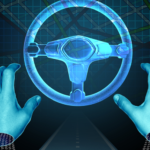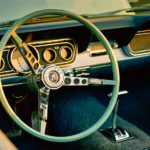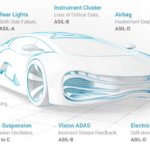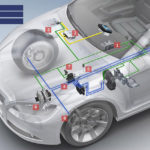Cars with lane-keeping assistance (LKA) also are mandated to have a hands-off detection (HOD) function; there are several ways to meet this challenging requirement.
The previous part of this article discussed the need for hands-off (or on) detection (HOD) and its connection to the lane-keeping assistance feature in today’s cars. This part will look at the technology used to implement HOD and the attributes of the various approaches.
It’s one thing to say “detect hands-on/off of steering wheel,” but it is another thing to do it consistently, reliably, unabstrusely, in a cost-effective way, and for a mass-market product. Among the issues that can complicate the sensor, software, and system software approaches are these:
- is the driver wearing gloves? When doing so, does that yield false negatives or positives?
- is the system sensitive enough to detect just one hand on the wheel, or does it rely on some sort of signal/energy passage from one hand, through the steering wheel, then to the other hand (not good)?
- does it physically or electrically interfere with, or is interfered by, the steering wheel heater in cars so equipped?
- what are the EMI/RFI considerations?
- what if the driver’s hands are off for a legitimate reason, such as “self-parking” mode is in use? What happens if the driver puts their hands back on the steering wheel while self-parking?
- are there other special cases where the HOD function should be disabled/enabled, even if the driver’s hands are on or off?
Implementing HOD
There are two very different techniques used for HOD: torque sensing and capacitive sensing.
Torque sensing uses a sensor arrangement already in the car and relies almost entirely on extensive data analysis and algorithms. Many cars have a torsion bar which twists with the steering wheel not to indicate the steering wheel’s rotary position but to sense the “hardness” of the wheel’s twist, which is a function of car speed, wheel turning angle, road conditions, and other factors. This torsion bar is standard which has electronic power steering (EPS) assist.
By measuring the torsion on this bar via strain gages, the driver can determine how much force is being applied. If the hands are off the steering wheel, the torque and strain reading will be different than if the hands are on. In addition, the algorithm detects the continual, minute deflections produced when the driver grips the steering wheel.
Doing this reliably is easier said than done. This Driver Torque Estimator (DTE) is based on the extended state-space observer and advanced data-filtering/analysis techniques. For proof, consider this excerpt from a patent which General Motors has for such a system:
“The method for detecting a no-contact condition between the hands of the driver of the vehicle and the steering wheel includes generating a model of the no-contact condition using a second-order transfer function. The method further includes obtaining a set of model-generated steering dynamics by estimating a plurality of the second-order transfer function parameters and a set of measured steering dynamics using a plurality of sensors. The set of model-generated steering dynamics and the set of measured steering dynamics are then compared, and the no-contact condition is detected based on this comparison.”
The complexities and subtleties of this approach are illustrated by the filter block diagram and the typical observed angular variation in hand-offs mode and the same variations in hands-on mode (Figures 1, 2, and 3). Of course, “typical” is just a starting point, as many legitimate extremes and corner cases exist.
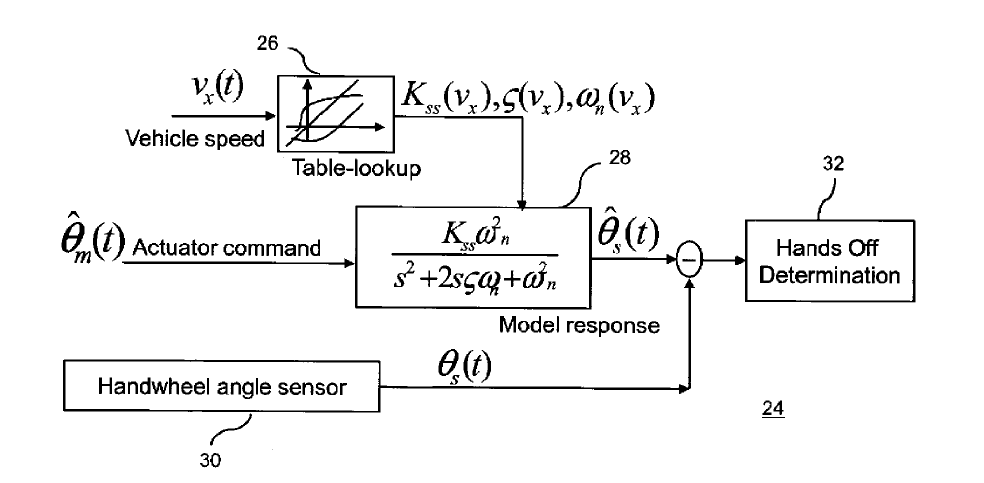
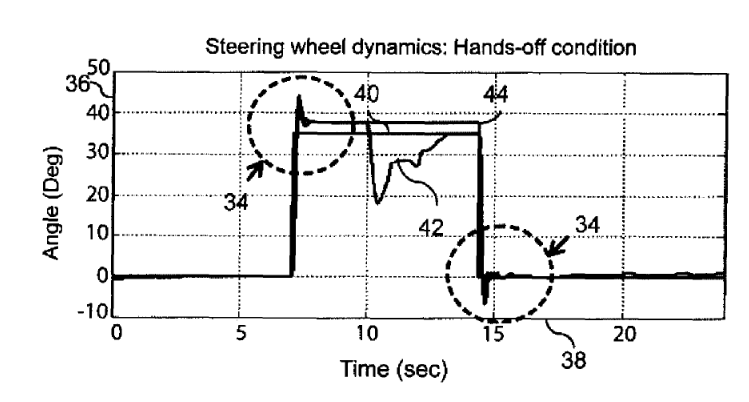
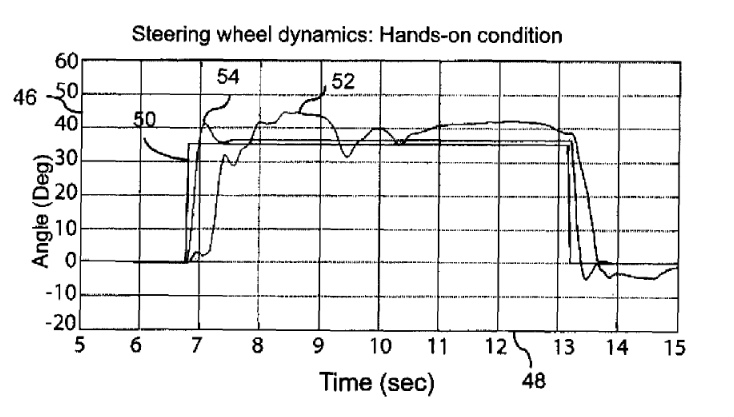
While torque-based sensing and HOD are attractive as they involve no additional bill of materials (BOM) components, they have drawbacks. For example, it may be fooled if the driver takes their hands off the wheel and ‘holds’ it by pressing upwards against it with their leg. More importantly, this approach has performance and accuracy limitations on straight, smooth roads with little to no irregularities, especially at low speeds.
There is an alternative to torque-based HOD: well-known capacitive-sensing principles, which are the subject of Part 4.
Related EE World Content
- The automotive Tire Pressure Monitoring System, Part 1: The situation
- The automotive Tire Pressure Monitoring System, Part 2: Perspectives
- The automotive Tire Pressure Monitoring System, Part 3: Implementation
- The automotive Tire Pressure Monitoring System, Part 4: Issues
- Understanding stop/start automobile-engine design, Part 1: The idea
- Understanding stop/start automobile-engine design, Part 2: The starter motor
- Understanding stop/start automobile-engine design, Part 3: The battery situation
- Understanding stop/start automobile-engine design, Part 4: Mechanical wear issues
- Understanding stop/start automobile-engine design, Part 5: Additional considerations
- Understanding stop/start automobile-engine design, Part 6: Responses and work-arounds
References
- The Wall Street Journal, “Ding. Chirp. Notifications Are Driving Us Crazy.“
- Jeep Garage, “2019 Cherokee Trailhawk Elite hands off steering wheel alerts“
- Driving, “Lorraine Explains: You can take your hands off the wheel — should you?“
- Subaru Outback, “Hands on the steering wheel warning“
- LinkedIn, “Hands-Off Detection (HOD) – crucial for Driver Assistance and Automated Driving Systems” [capacitive overview]
- EE News Automotive, “Hands-off detection ECU for Autonomous Driving Systems” [Alps Alpine capacitive system]
- National Highway Traffic Safety Administration (NHTSA), “Hands Off Detection Requirements for UN R79 Regulated Lane Keeping Assist Systems” [IEE capacitive solution]
- IEE, “Hands Off Detection (HOD) Sensing System” [IEE capacitive solution]
- IEE/YouTube, “EE – Hands Off Detection (HOD) sensing system” [IEE capacitive solution]
- US Patent US7912665B2/General Motors, “Method and apparatus for driver hands off detection for vehicles with active front steering system “[torque-based scheme]
- JTEKT ENGINEERING JOURNAL, “Hands On/Off Detection Based on EPS Sensors” [academic paper on torque system]
- AMS-Osram, “Hands-on detection webinar about capacitive sensor technology” [Quadrature scheme]
- AMS-Osram, “New capacitive sensing technology provides a more reliable and safer hands-on detection” [Quadrature scheme]
- AMS-Osram, “Hands-on Detection” (video)
- AMS-Osram, AS8579 Capacitive Sensor data sheet
- Zoppas Industries, “Steering Wheel Hand Detection Systems” [capacitive sensing plus integral heater]
- Microchip Technology/YouTube, “Steering Wheel Demonstration w/ Capacitive Hands off Detection, Touch Pads and Buttons” [capacitive sensing]
- The National Academies of Sciences, Engineering, and Medicine “Hands Off Detection Requirements for UN R79 Regulated Lane Keeping Assist Systems” [“legal” notice on LKA and HOD]
- IEEE, “Hands on the wheel: a Dataset for Driver Hand Detection and Tracking” [use of infrared imaging of back of driver’s hands]
- United Nations Economic Commission for Europe, “World Forum for the harmonization of vehicle regulations” [Role of UN ECE]

